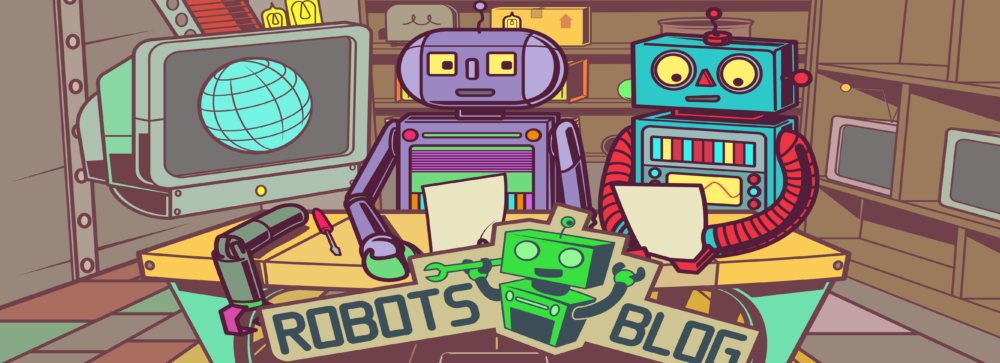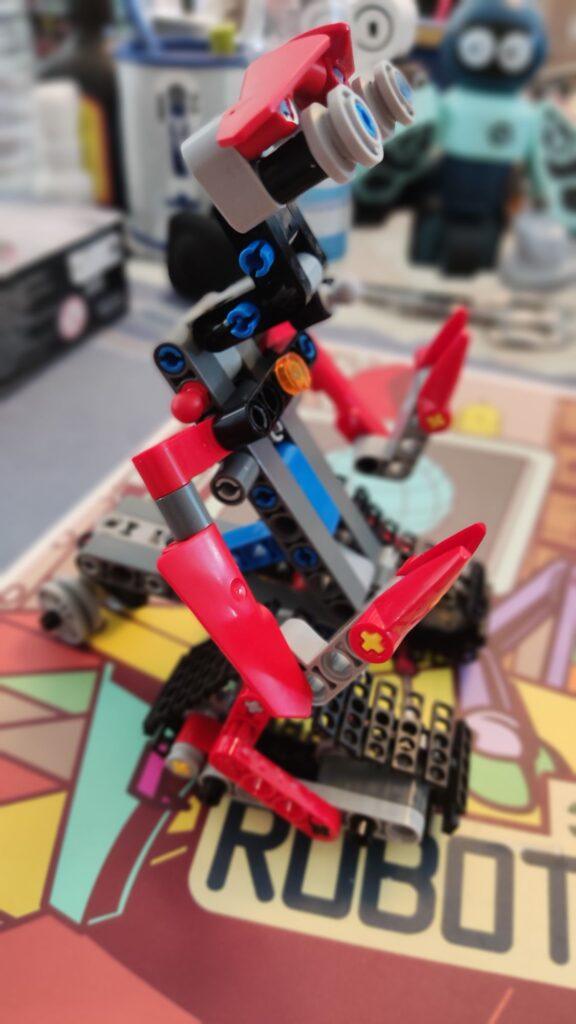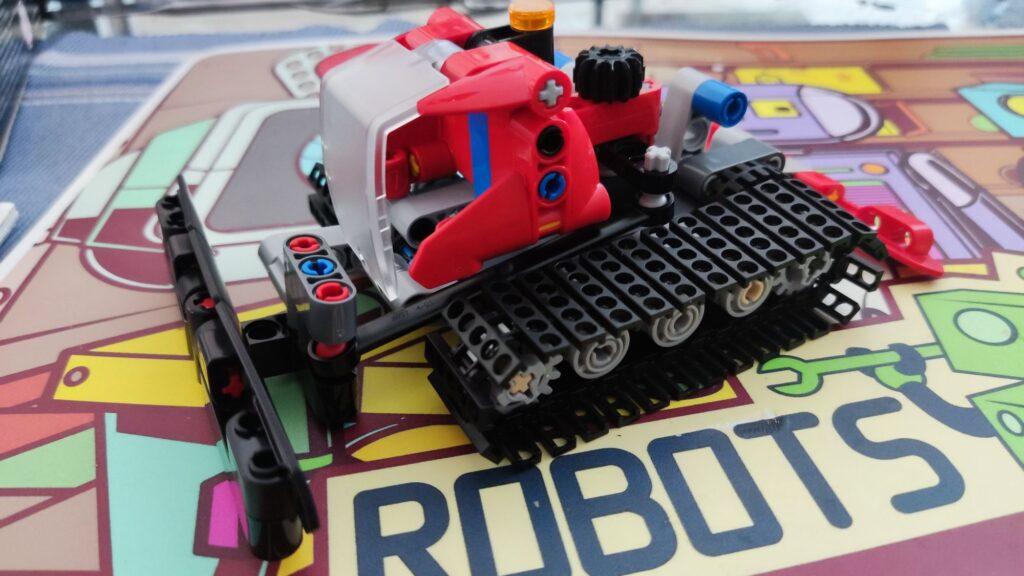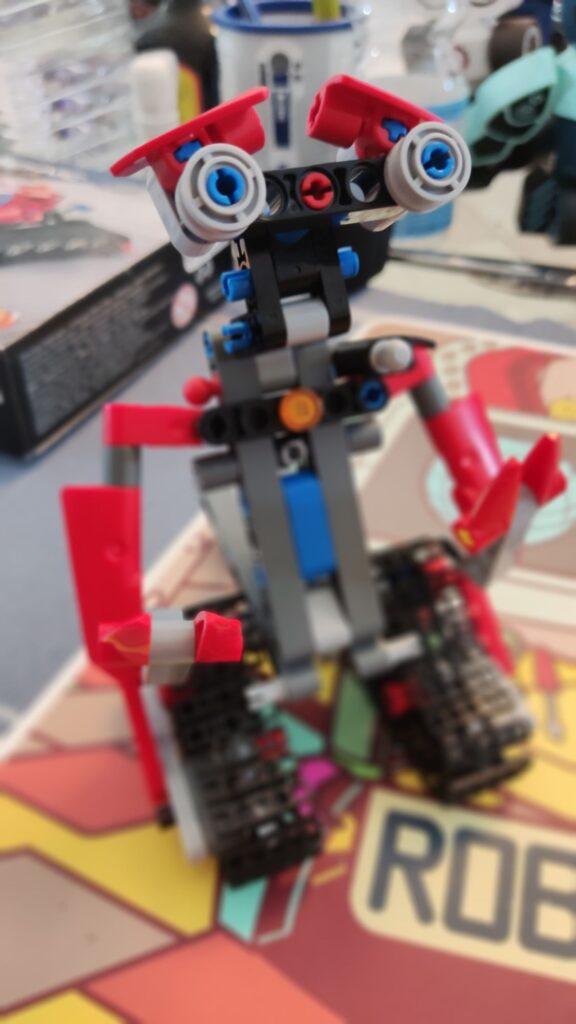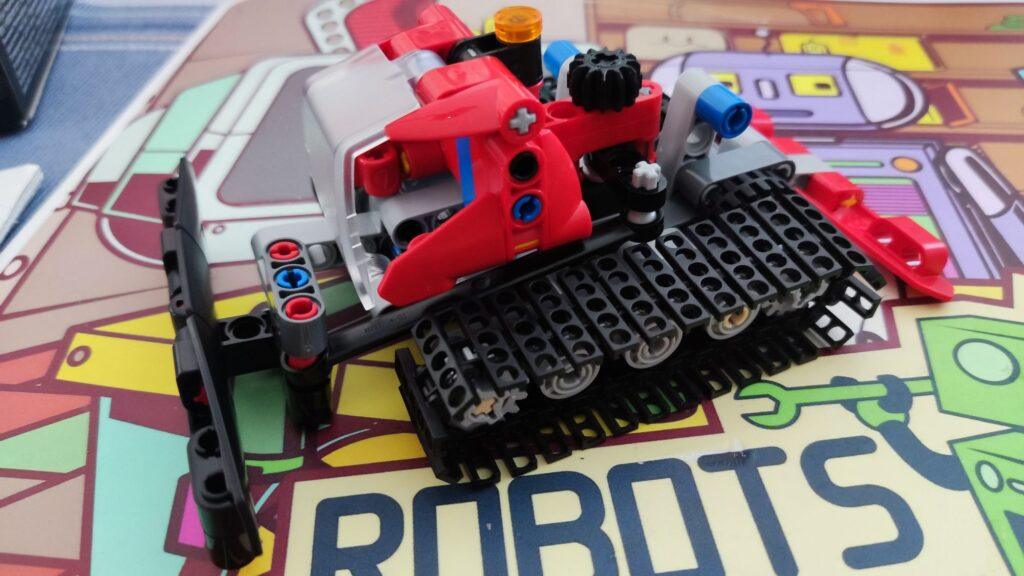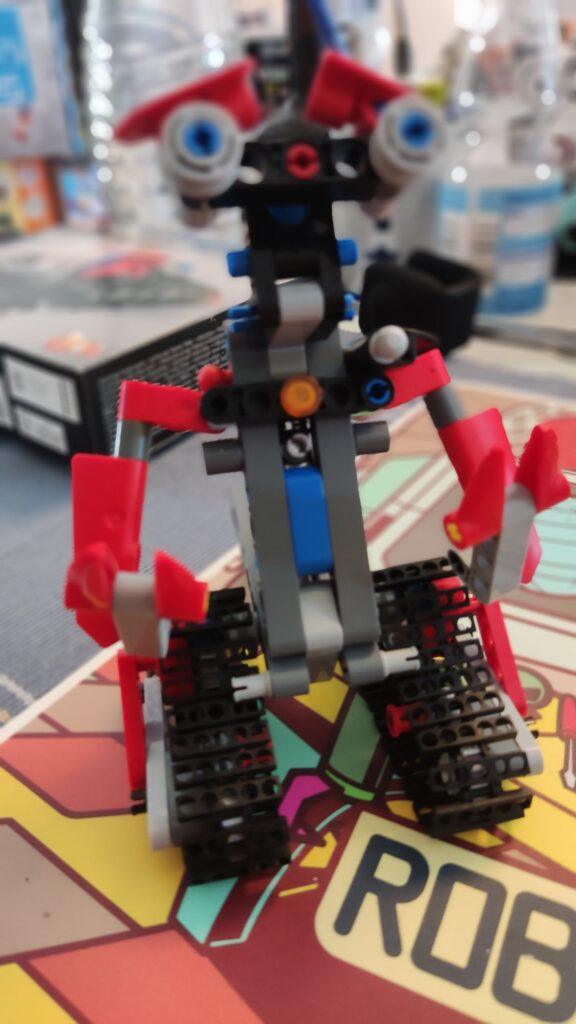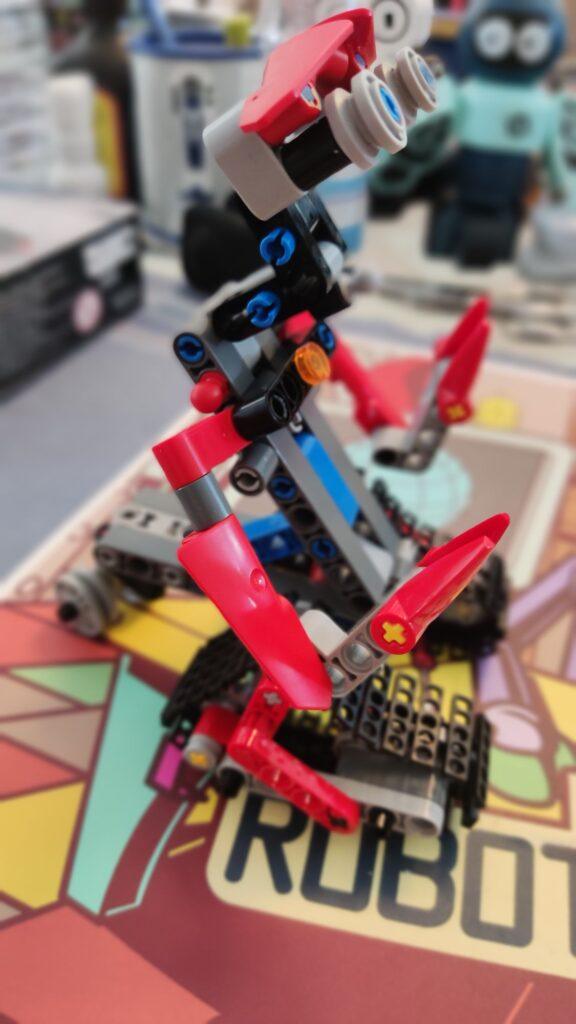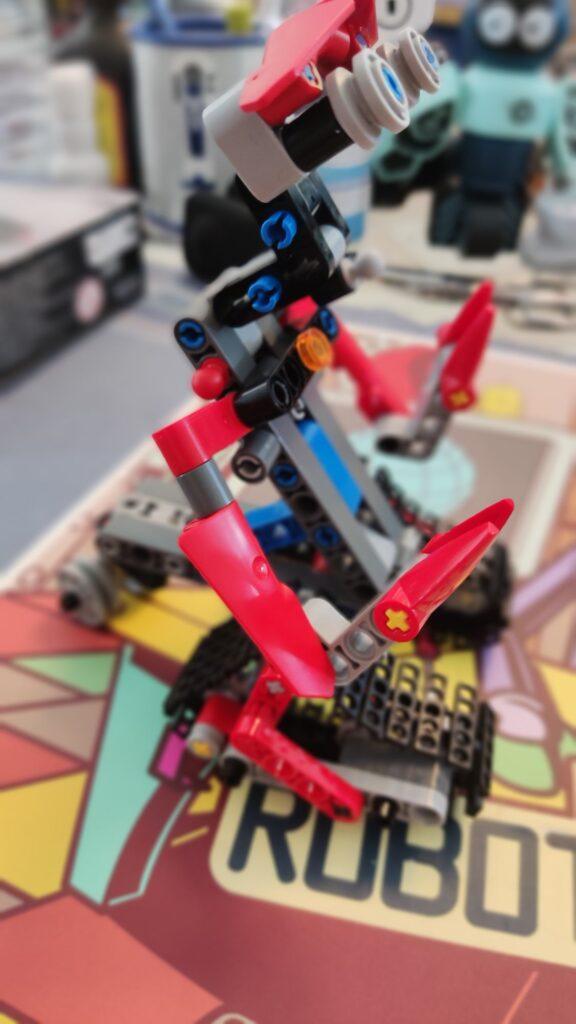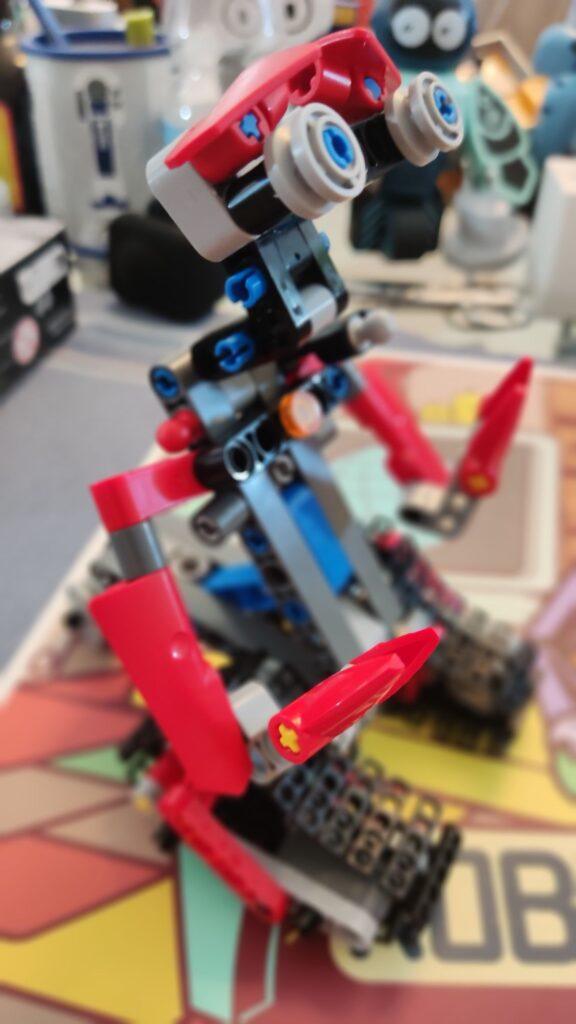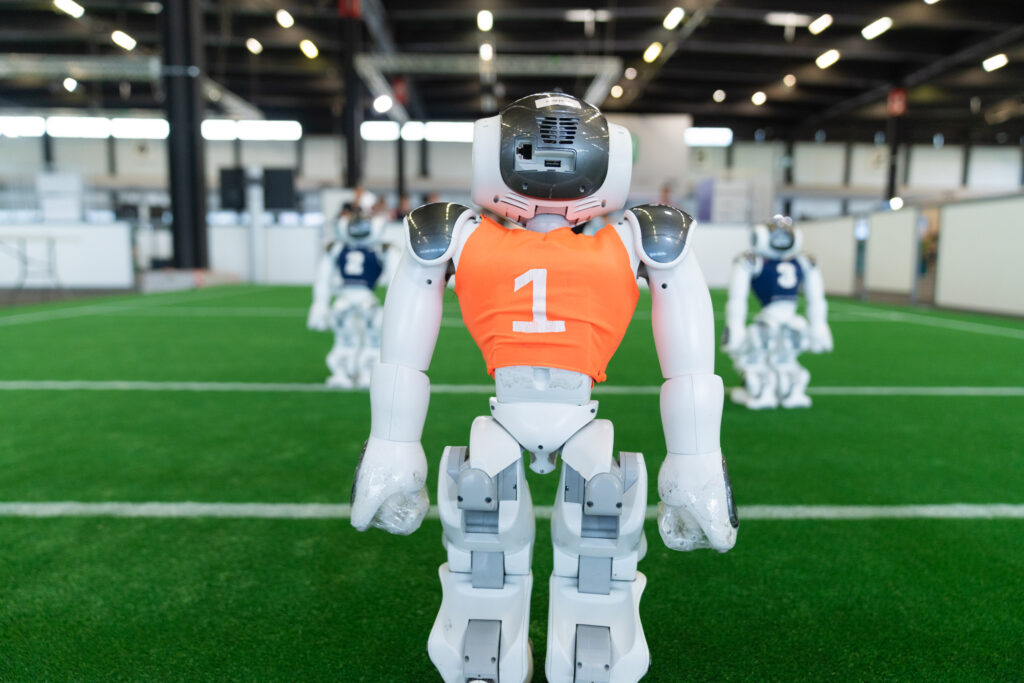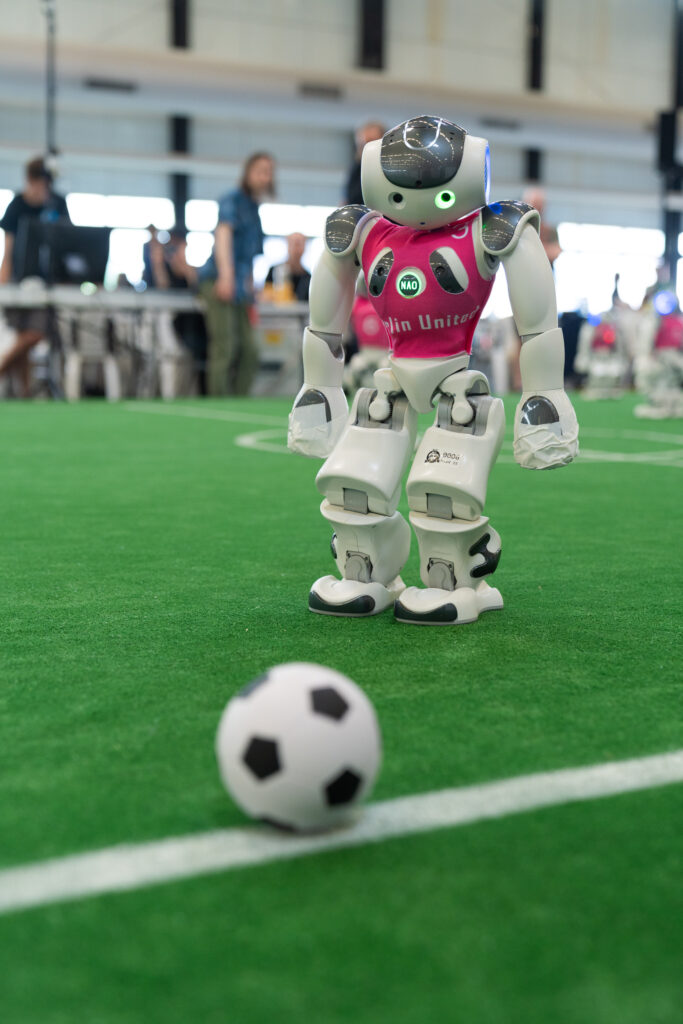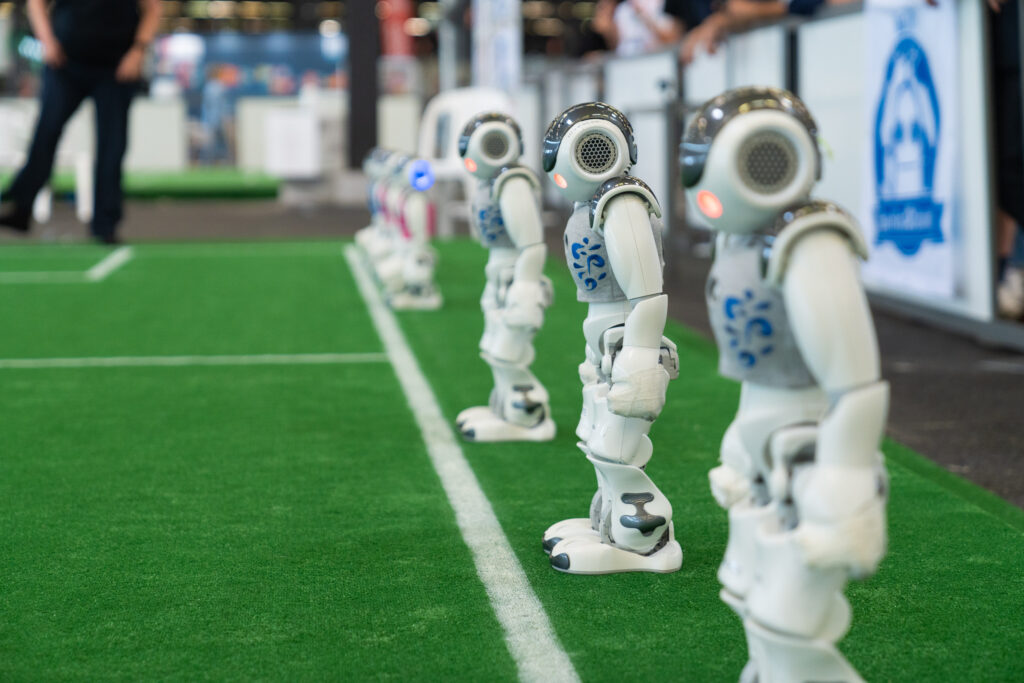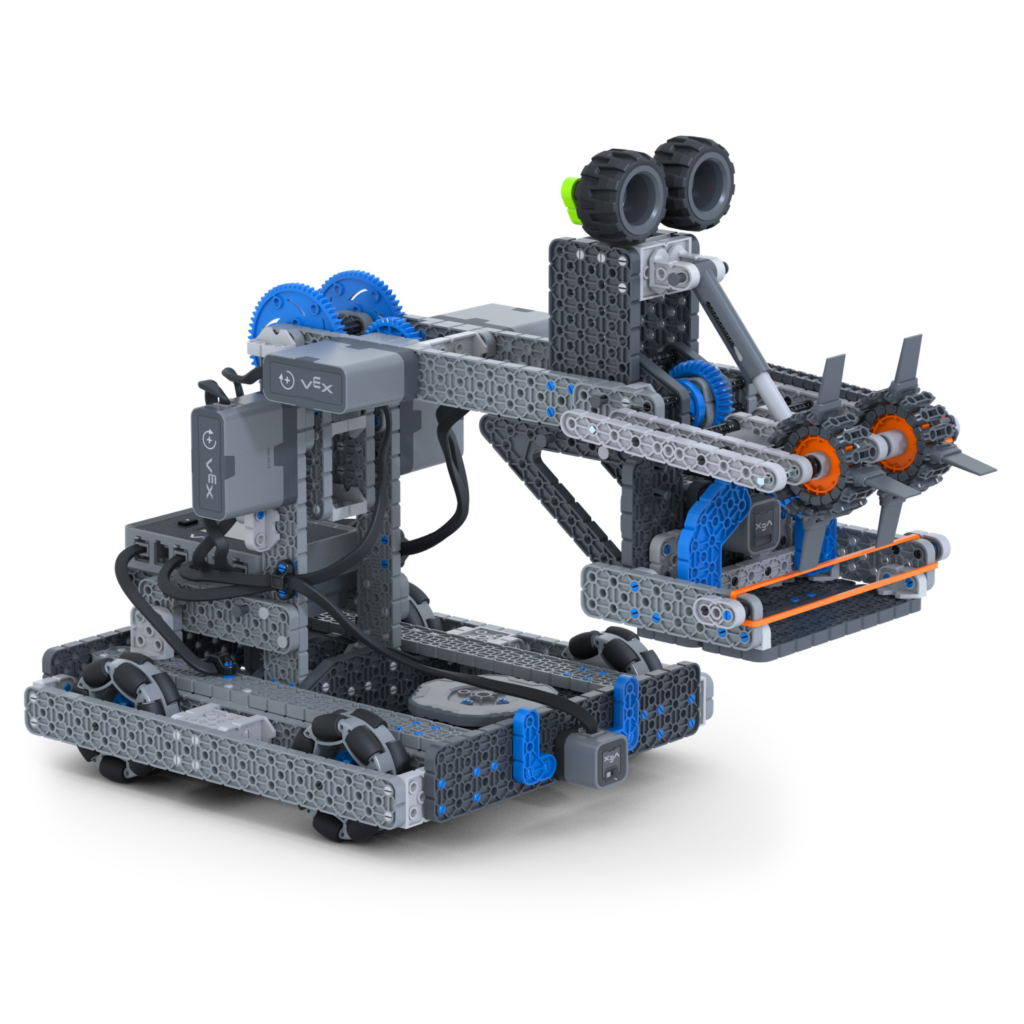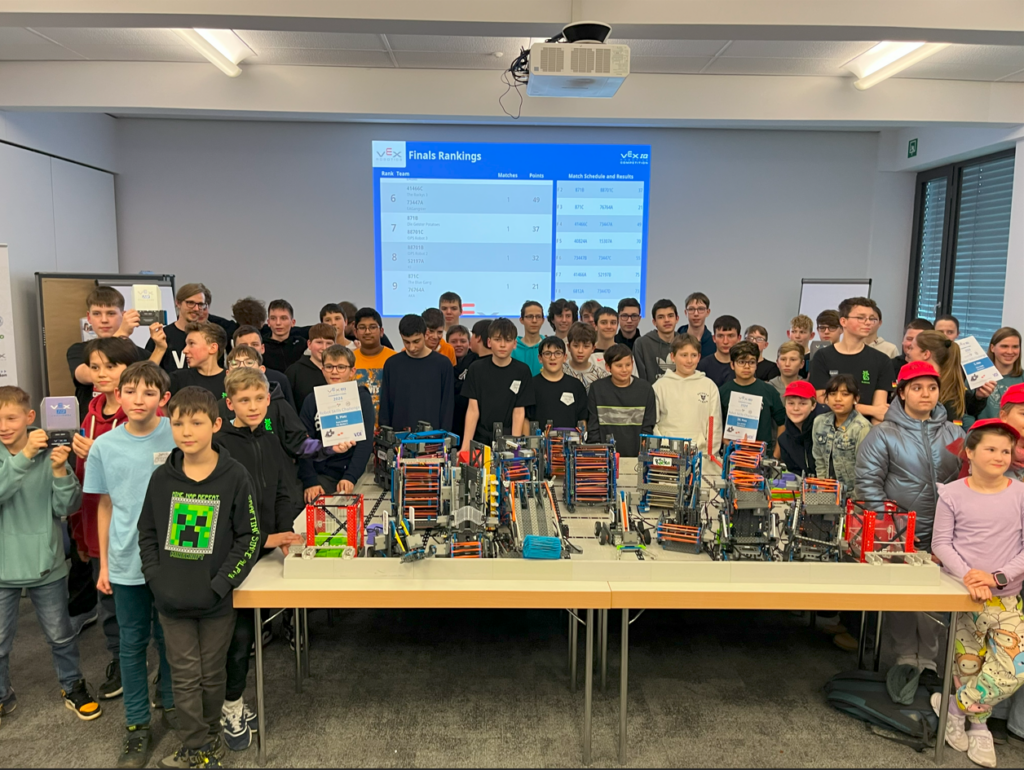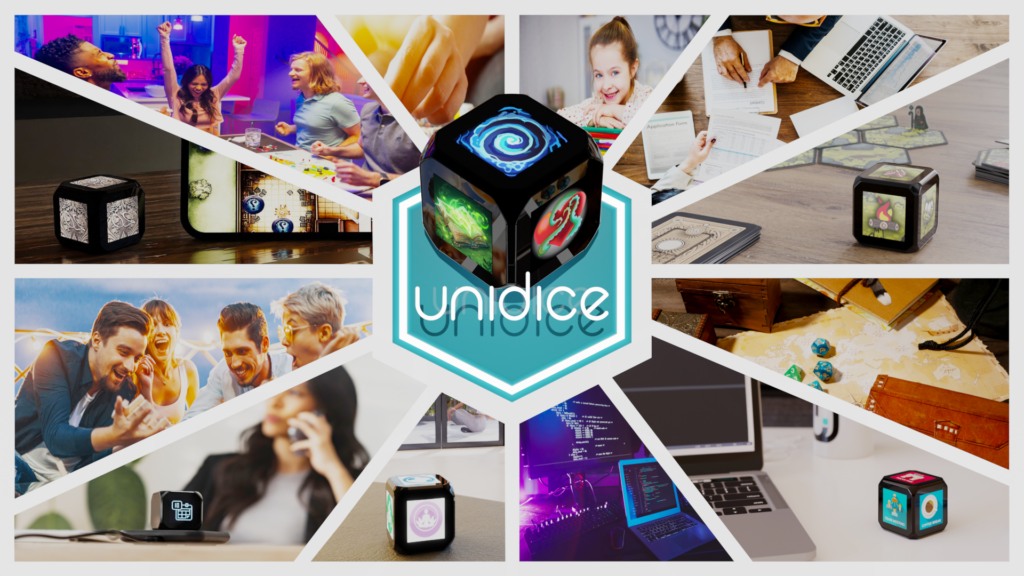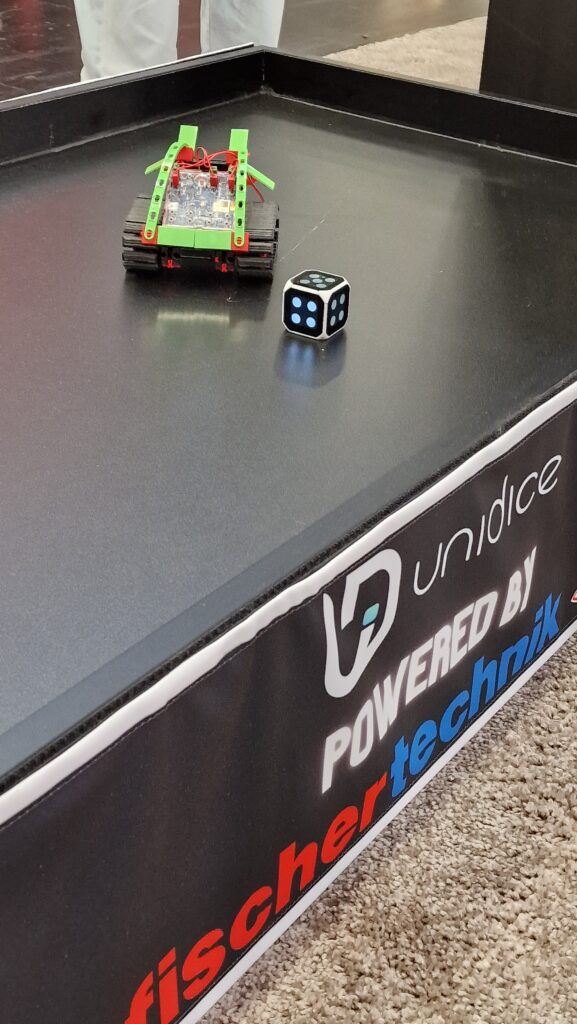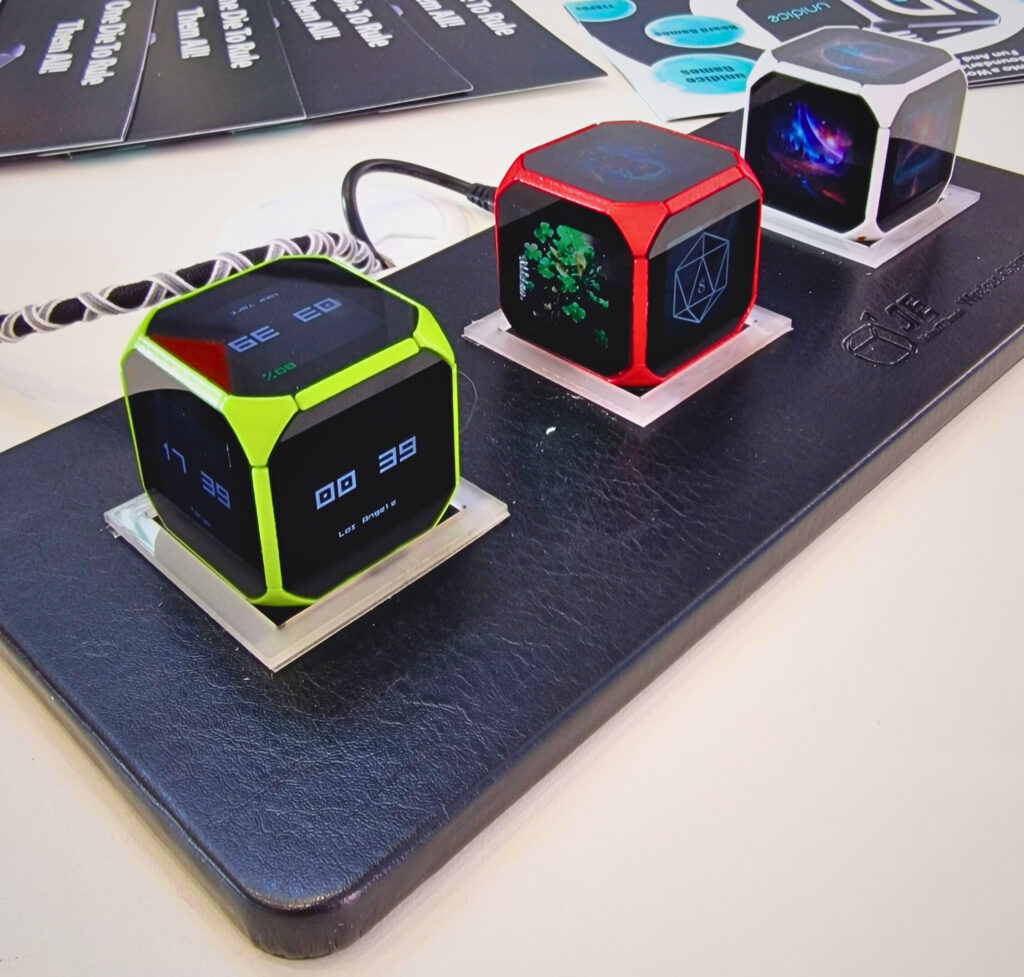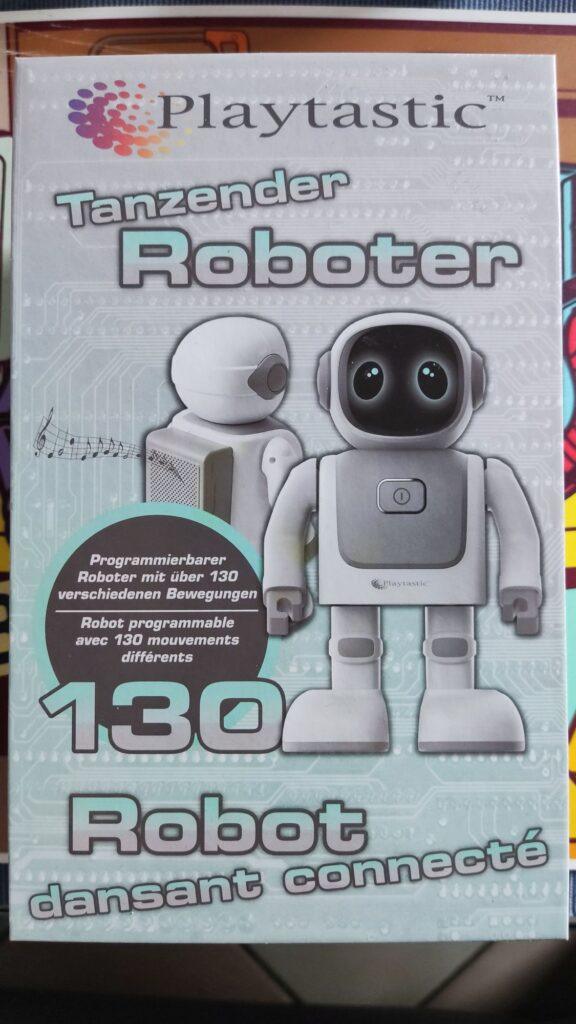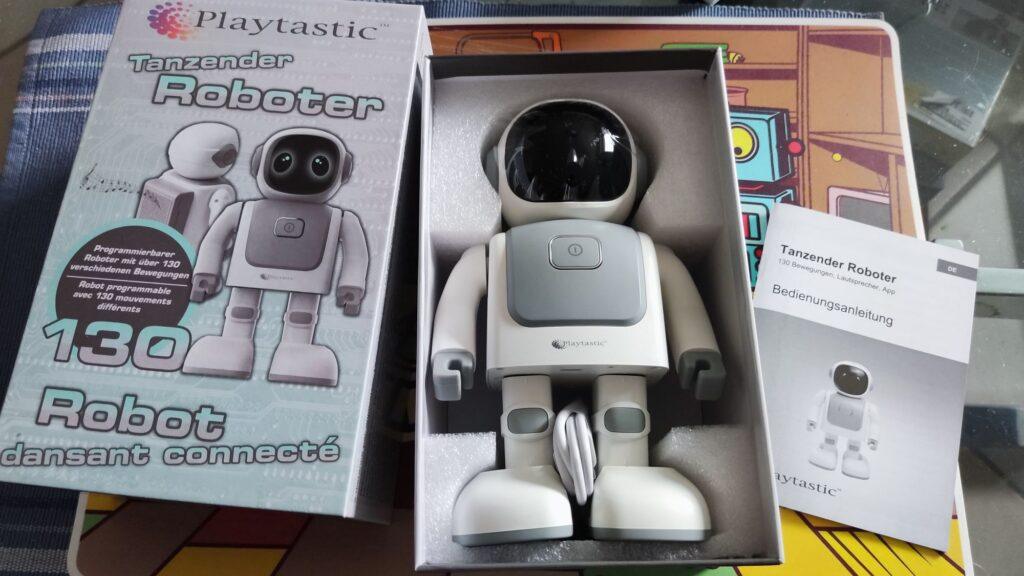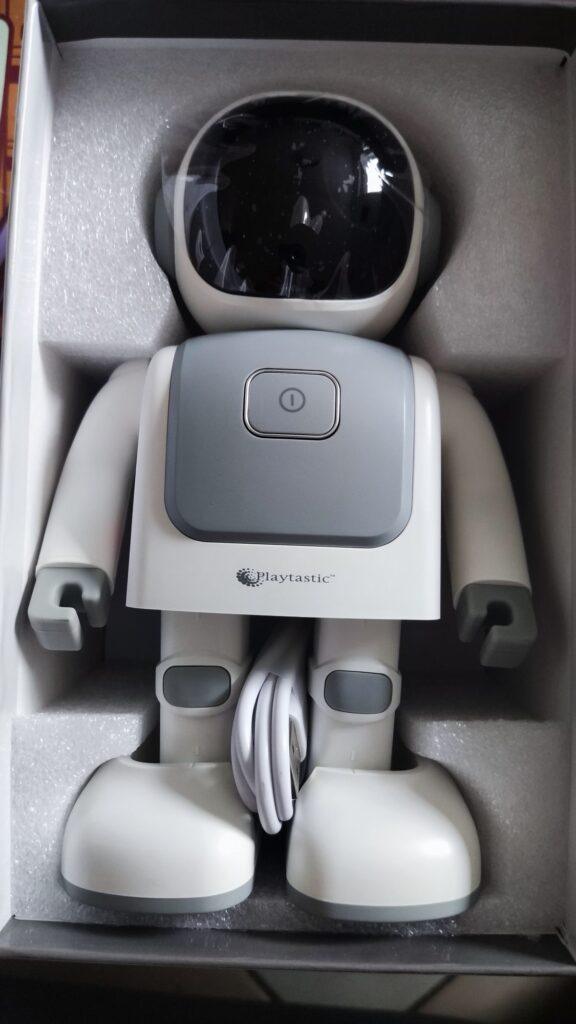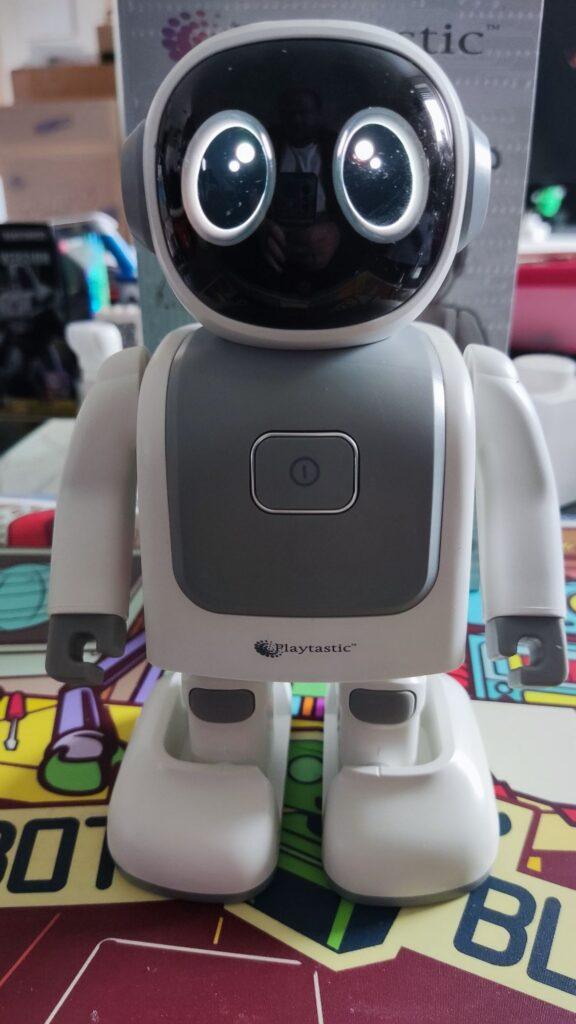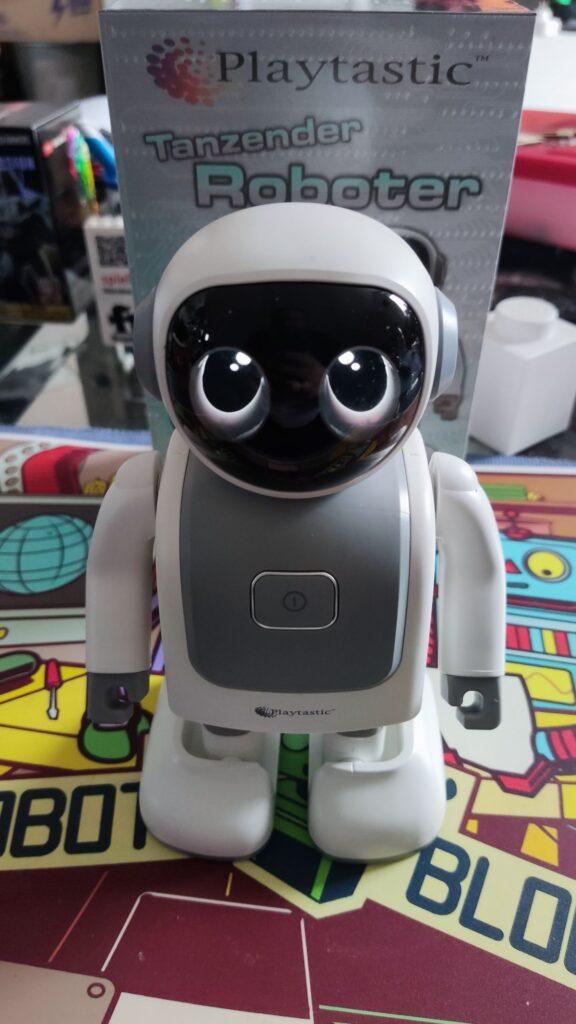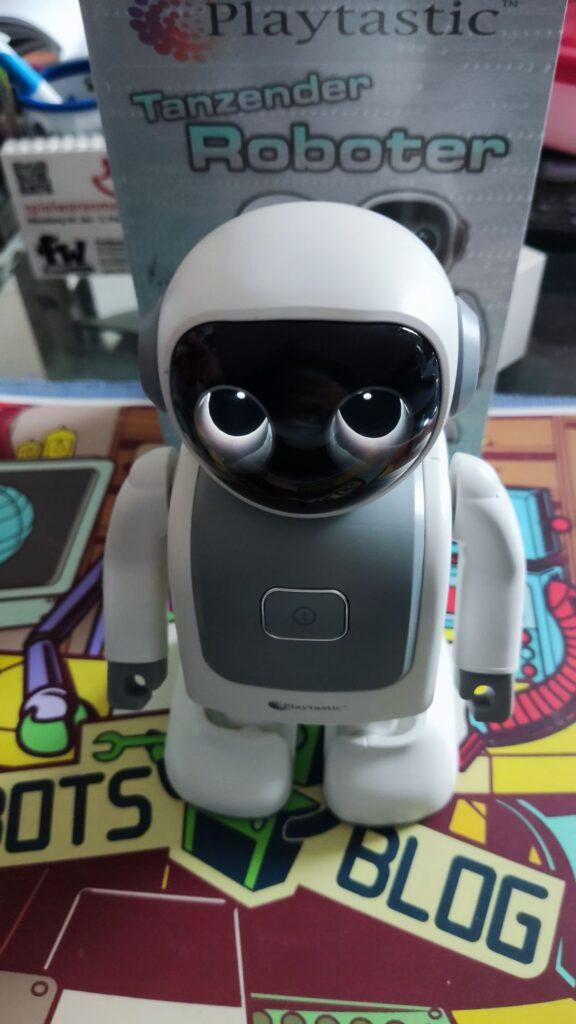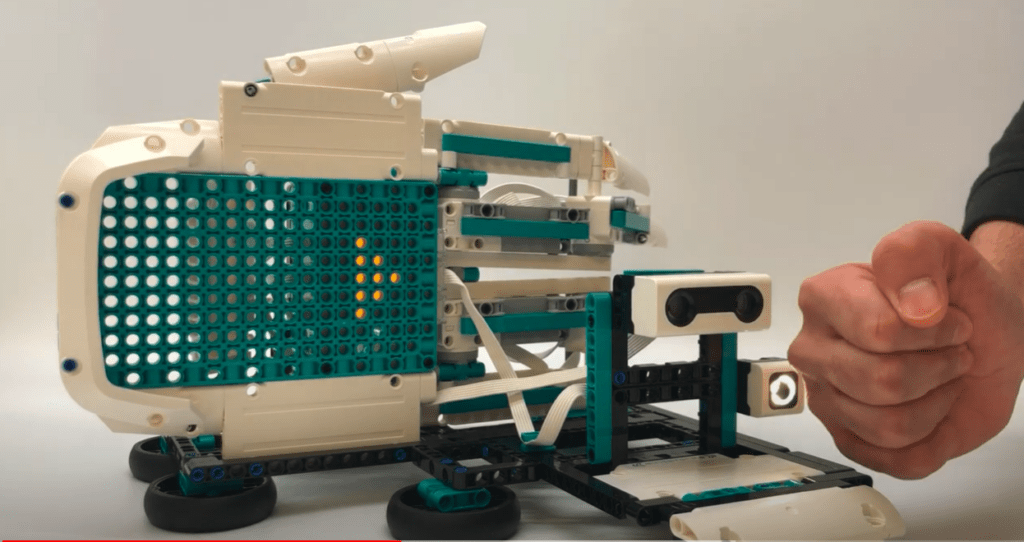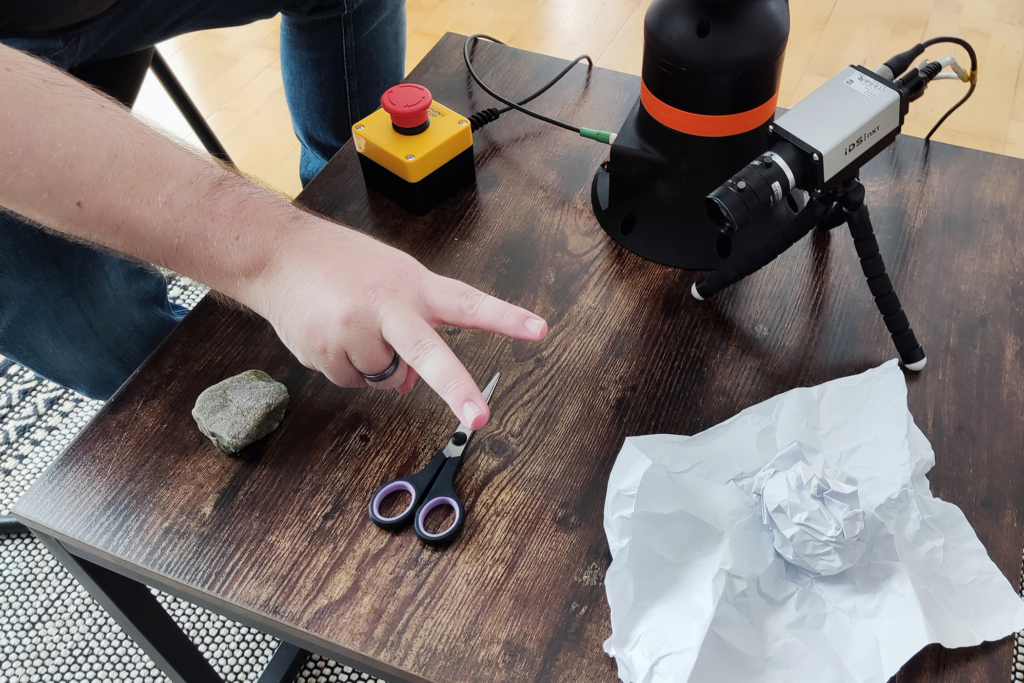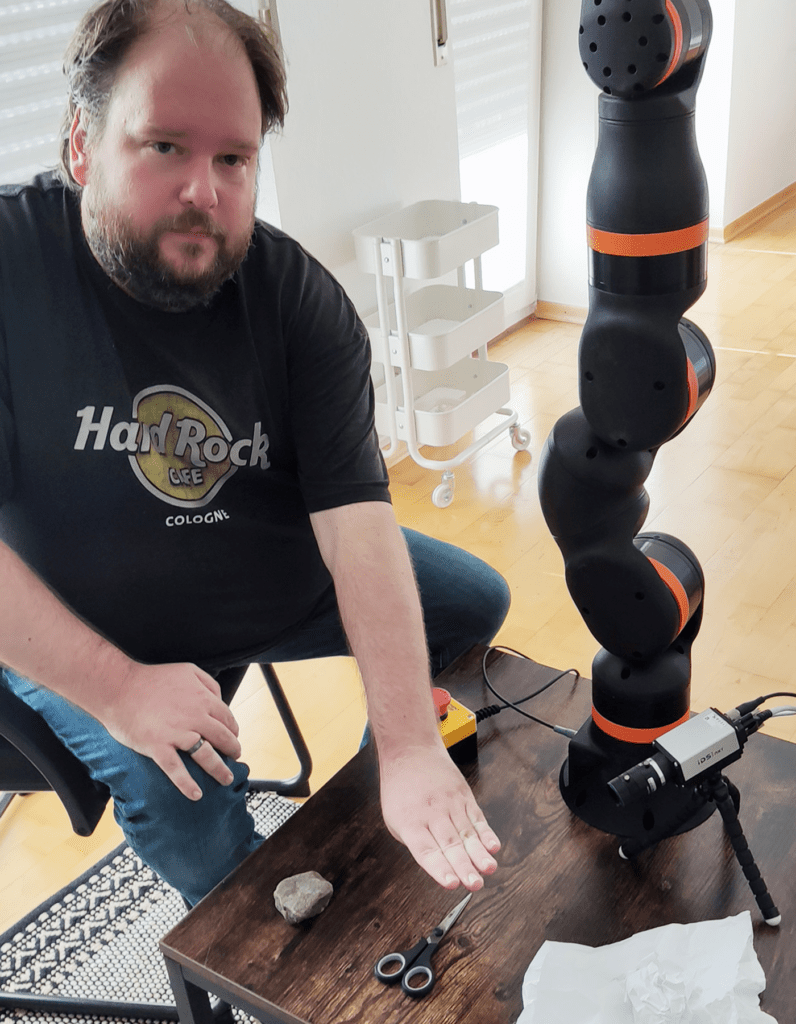Die Münchener Robotise Technologies GmbH realisiert autonomen Roboterkellner mit platzsparenden Energieketten von igus
Köln, 11. Juli 2024 – Nach einem langen Tag am Strand das Hotelzimmer genießen, mit einem Drink aus der guten alten Minibar. Das sieht in einigen Hotels schon anders aus. Dort klingelt zur Überraschung der Gäste stattdessen JEEVES an der Tür – ein Roboter des Münchener Unternehmens Robotise Technologies GmbH. Der kellnernde Serviceroboter ersetzt bis zu 300 Minibars und entlastet Hotels in Zeiten des Fachkräftemangels. Damit er seinem Job ohne Störungen nachgehen kann, vertrauen die Ingenieure bei der Führung der sensiblen Energie- und Datenleitungen auf platzsparende und ausfallsichere Energieketten von igus.
Bei Durst oder Hunger genügt ein Anruf mit dem Zimmertelefon oder eine Nachricht via App, um JEEVES, der optisch an R2D2 aus Star Wars erinnert, zu aktivieren. Der 124 cm hohe und 100 kg schwere Serviceroboter, ausgestattet mit Lasersystem, 3D-Kamera und Abstandssensoren, fährt dann autonom zum Zimmer des Gastes, sogar mit dem Fahrstuhl. Am Zimmer angekommen macht JEEVES per Telefonanruf oder App-Benachrichtigung auf sich aufmerksam. Der Gast öffnet die Tür, wählt und bezahlt über ein großes Touchdisplay sein Produkt – etwa ein kühles Bier, einen Energydrink oder eine Packung Erdnüsse. Daraufhin öffnet sich automatisch eine der vier Schubladen und gibt das gewählte Produkt frei. Nur eine technische Spielerei? Viel mehr als das, ist die Robotise Technologies GmbH überzeugt. Hotels können sich mit nur einem Roboter das Auffüllen und Säubern von 300 Minibars ersparen und gleichzeitig die Energie für die kleinen Kühlschränke von der Stromrechnung streichen. Davon profitieren könnten in Zukunft auch Messen, Kantinen, Büros, Flughäfen, Museen und Restaurants.
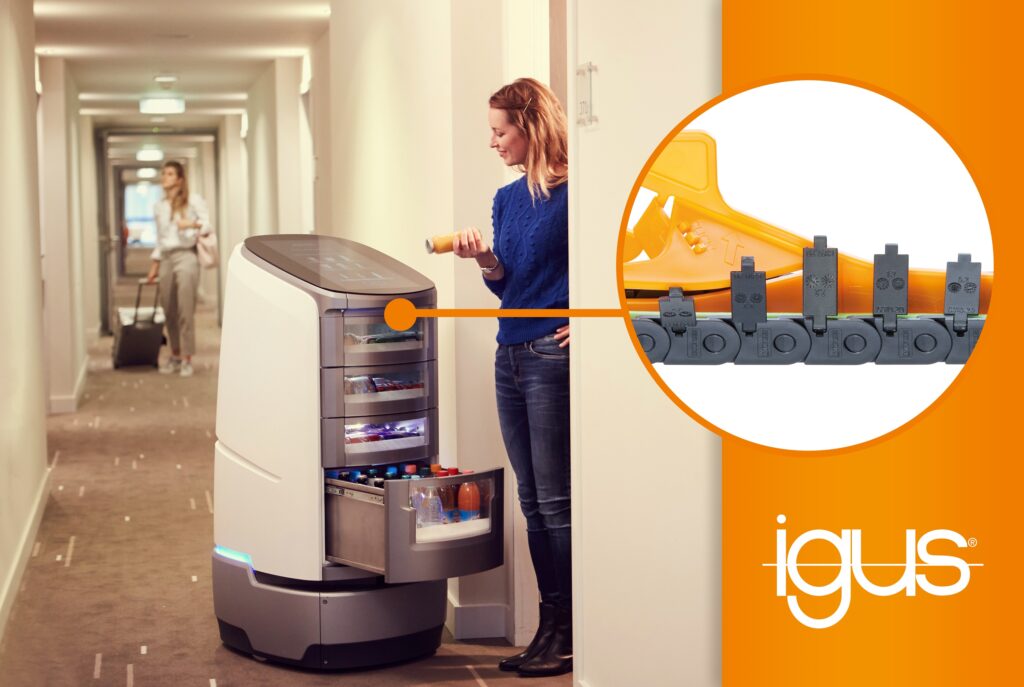
Eine Achillesferse des Roboters: die Führung von Energie- und Datenleitungen
JEEVES demonstriert eindrucksvoll, wie die Automatisierung immer weiter in das Leben der Menschen Einzug hält. Diese Entwicklung setzt jedoch technische Zuverlässigkeit voraus. „Ein defekter Roboterkellner würde sofort den Unmut der Gäste auf sich ziehen“, erklärt Clemens Beckmann, Head of Engineering bei Robotise Technologies. „Deshalb haben wir großen Wert daraufgelegt, JEEVES so zuverlässig wie möglich zu konstruieren.“ Eine typische Achillesferse war dabei die Führung der Leitungen im Inneren des Roboters, die für den Transfer von Energie und Daten zuständig sind – etwa zu den Sensoren in den ausfahrbaren Fächern, mit denen der Roboter eingelegte und entnommene Produkte erkennen kann. Schnell könnte es passieren, dass die Leitungen zu stark gebogen werden und brechen oder an der Kühlplatte des Kühlschranks festfrieren. „Um dies zu verhindern und eine kontrollierte sowie ausfallsichere Bewegung der Leitungen mit einem fest definiertem Biegeradius zu gewährleisten, entschieden wir uns für Energieketten der Serie E2.10 von igus“, so Beckmann.
e-ketten von igus sorgen für maximalen Stauraum und Ruhe
Die Serie E2.10 von igus überzeugte den Ingenieur vor allem durch ihre platzsparende Bauweise, die viel Stauraum für die Produkte schafft. Die e-ketten, die Energie- und Datenleitungen sicher aufnehmen, sind über den Führungsschienen der Schubladen montiert, haben eine Innenbreite von 18 mm, eine Innenhöhe von 10 mm und einen Biegeradius von nur 28 mm. Damit sind die e-ketten, laut der Robotise Technologies GmbH, die kompakteste Lösung, die auf dem Markt zu finden war. Darüber hinaus punkten sie mit hoher Ausfallsicherheit und Langlebigkeit, da sie aus einem Hochleistungskunststoff bestehen, der hohe Beständigkeit gegen Verschleiß und Abrieb bietet und für den Einsatz in einem breiten Temperaturbereich geeignet ist. Diese Robustheit reduziert die Wahrscheinlichkeit von Serviceeinsätzen, was sich positiv auf die Wirtschaftlichkeit des Roboters auswirke, der europaweit zum Einsatz kommen soll. Zudem bewegen sich die Kettenglieder besonders geräuscharm, sodass die Leitungsführung beim Öffnen und Schließen der Produktfächer keine störenden Geräusche verursacht.
Bleibt abschließend nur noch eine Frage: Warum heißt der Roboter JEEVES? Die Antwort: JEEVES ist eine ikonische Figur aus den Romanen des englischen Autors P.G. Wodehouse. Er ist der Diener der Romanfigur Bertie Wooster und steht für besten und diskretesten Service.
